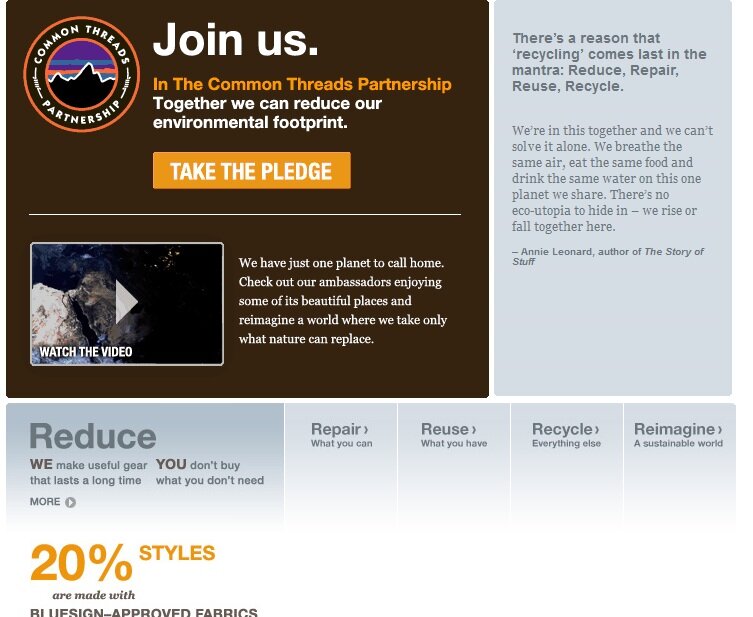Thinking beyond points to encourage brand loyalty
March 19, 2013 Leave a Comment
Merchants have long known they should do more to foster loyalty, even as the lion’s share of their efforts focused on acquisition rather than retention. According to industry researcher Forrester, repeat buyers still comprise just 27% of merchants’ customer base, even as they account for 41% of total revenues.
But new research suggests that as the industry matures, merchants should turn their attention to winning repeat business sooner rather than later. Forrester’s latest eCommerce revenue forecast predicts that just 4 million consumers will become first-time online buyers this year. Instead, most of the industry’s projected 13% growth in 2013 will come from existing online buyers making more purchases.
The message is clear: merchants should do their utmost to encourage customers to re-engage with the brand and buy again. One way to do so is to develop a loyalty or free shipping club; as discussed in a previous post, the popularity of such programs has soared, with participation growing by a third from 2010 to 2011, according to Forrester.
But merchants should also think outside the loyalty-program box when it comes to attracting repeat business. After all, not every potential return customer may be attracted to the loyalty program; for example, an annual membership that includes free shipping may not appeal to a customer who makes significant but infrequent purchases — say, only during the holiday gifting season.
Boosting customer loyalty is such an important topic, we’ll devote an entire webinar and whitepaper to it as part of our “” series. But meantime, merchants should consider these strategies to stimulate return business beyond points, rewards and memberships:
Maximize the potential of post-purchase transactional emails. Consumers now expect to receive promotional merchandising alongside their order details, with 53% of shoppers saying they expect product promotions in order confirmation emails and 45% say they expect such messaging in shipping status alerts, according to a study from the E-Tailing Group and MyBuys. Merchants should use transactional messages to entice customers to subscribe to future email updates, follow the brand on social media and contribute reviews.
The Home Depot sends a series of post-purchase emails attempting to re-engage customers, starting with a “thank you” message that includes an email signup link, cross-sells, promotion of free shipping, and a link to the brand’s community of do-it-yourself enthusiasts. A follow-up email invites customers to review the product they purchased, with the potential to win a cash prize if photos are included in the review. The messages offer customers a variety of ways to interact and continue engaging with the brand.

Devise programs or campaigns that speak to customers’ ideals. While rewards and loyalty programs appeal to customers’ desires for material perks, merchants should also devise ways to tap into their audience’s more altruistic impulses. Campaigns or programs that put the spotlight on causes attuned to the customer lifestyle, or on a merchant’s charitable activities, can boost the brand’s profile and reputation and give customers a means to continue engagement beyond simply shopping for new products. Such heartfelt connections can have bottom-line impact; according to the Edelman goodpurpose Study, 53% of consumers said that social purpose is the most important distinguishing factor guiding purchase decisions, when quality and price are equal; 72% of consumers would recommend a brand that supports a good cause over one that doesn’t, and 71% of consumers would help a brand promote their products or services if there is a good cause behind them.
It may seem counter-intuitive for a brand to recommend that customers forgo buying products — but that’s part of the message Patagonia crafted as part of its Common Threads initiative. Consumers are invited to pledge to reduce consumption, repair items when possible, and recycle products they no longer need. The campaign not only appeals to the company’s outdoorsy clientele; it also puts the spotlight on the durability of the brand’s products, the availability of repair services and the ability to resell items through the brand’s used clothing store and eBay storefront.

Watch for a post coming up soon with more tips on post-purchase transactional email from our technology partner Bronto, and stay tuned for that whitepaper and webinar on loyalty. Meantime, how are you boosting repeat business for your brand?
Connect with us: